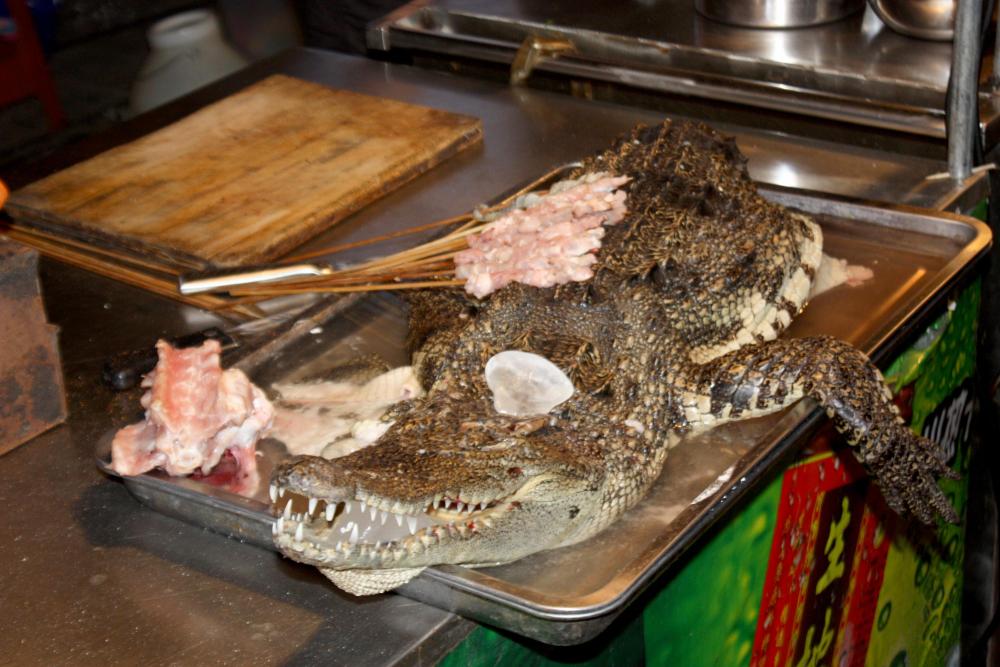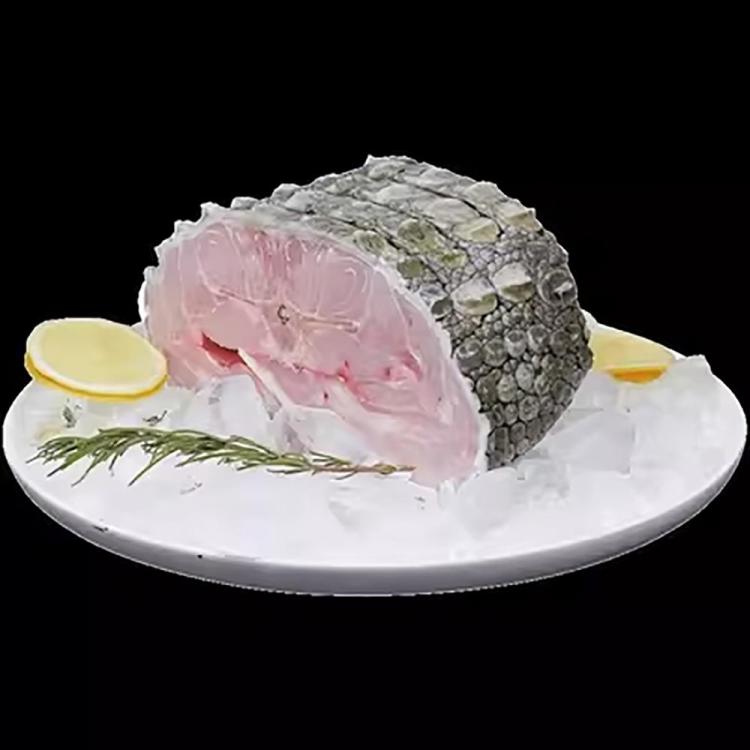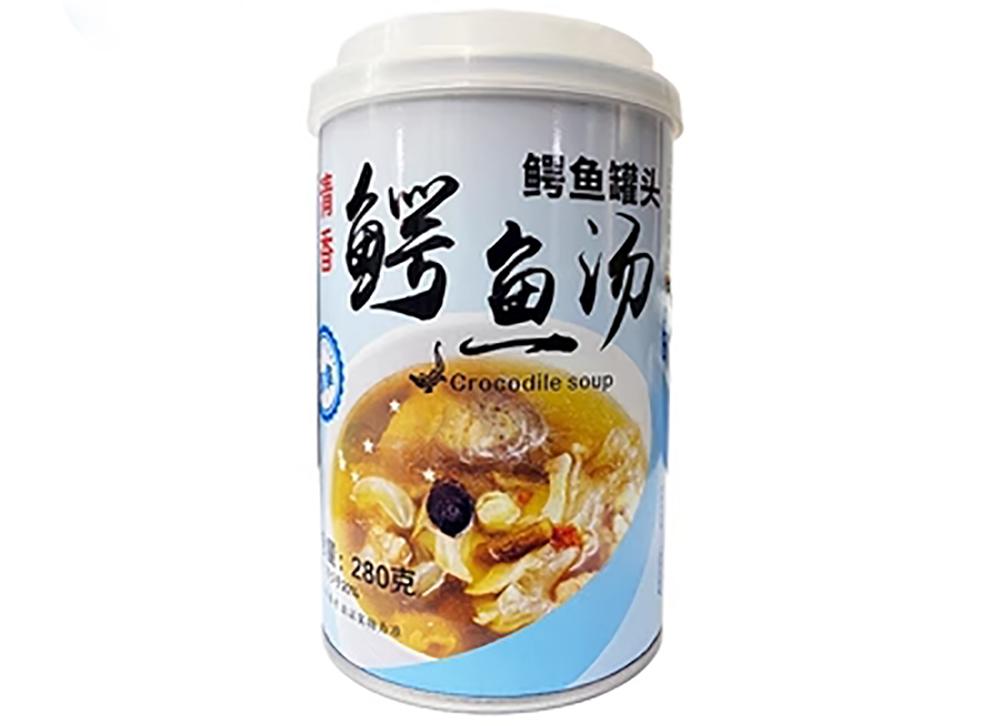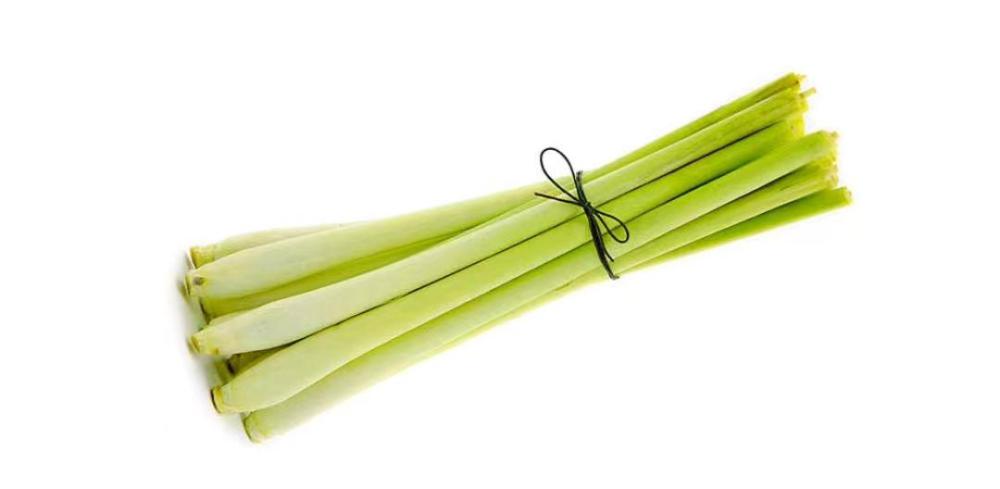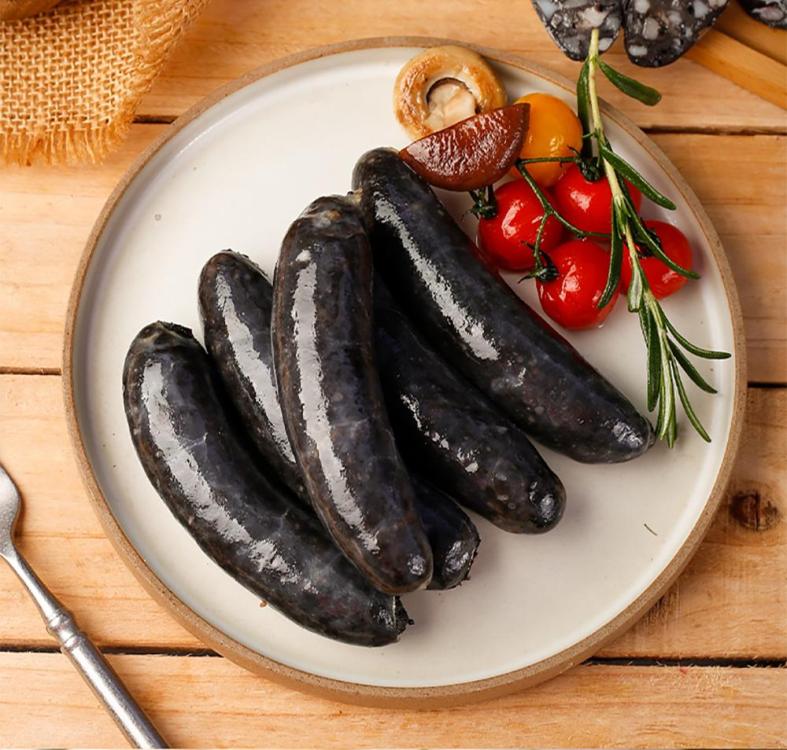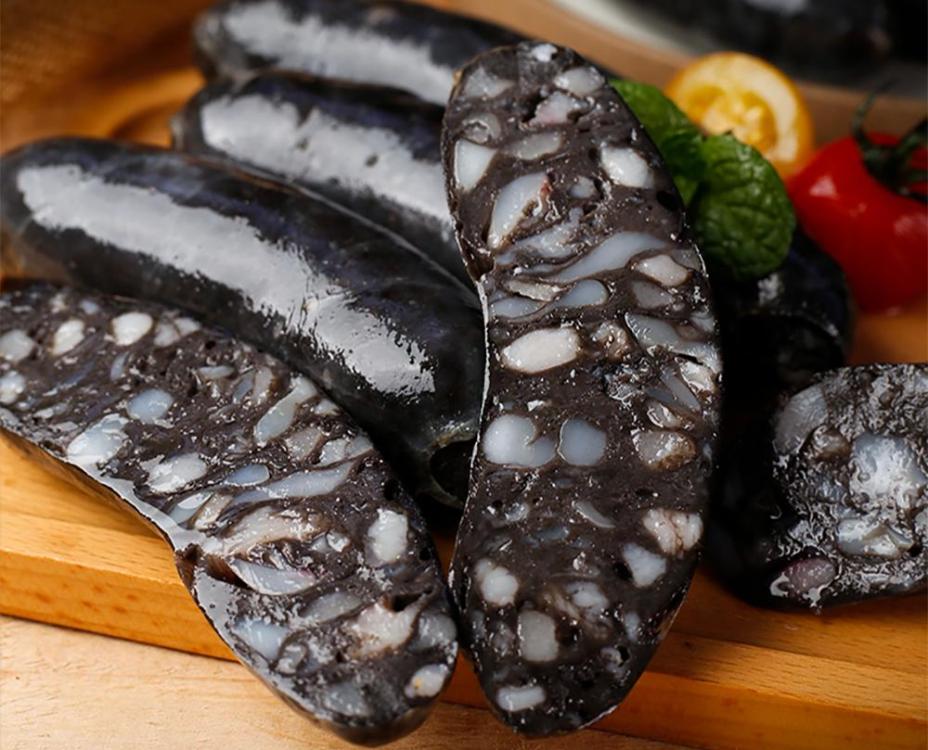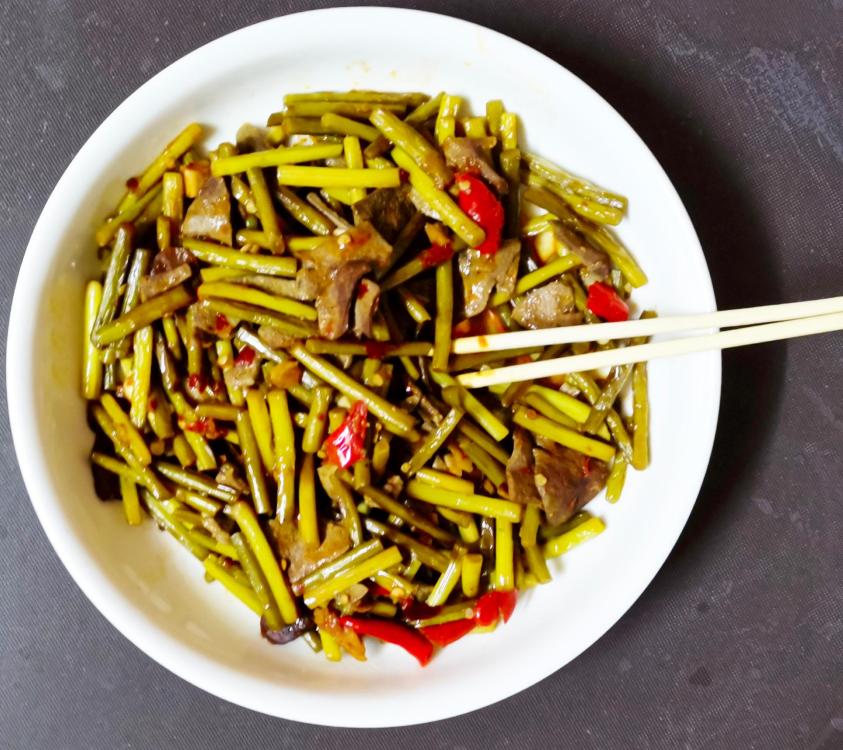-
Posts
16,751 -
Joined
-
Last visited
Content Type
Profiles
Forums
Store
Help Articles
Everything posted by liuzhou
-
I have now, after much research, decided that I've never had alligator in China. It was all probably actual crocodile meat. There are only two alligator species in the world, Alligator mississippiensis, the American alligator, and Alligator sinensis, the Chinese alligator. The Chinese alligator, also known as the Yangze alligator is a critically endengered species which was, in 2003, nearly extinct with only 100 remaining. Thanks to conservation efforts, that number has risen and they are being bred artificially in Anhui Yangtze Alligator National Nature Reserve in Anhui province. Over 1,000 specimens have been released into the wild and they have laid 428 eggs in the wild, with 279 of them hatching naturally, according to monitors. It is strictly illegal to eat or even possess Chinese alligators. Alligator meat is advertised but is in all probability crocodile. I suspect that this is not deliberate fraud but a linguistic error. The most common name in Mandarin for both alligator and crocodile are the same, 鳄鱼 (è yú), just as mice and rats are considered to be the same, as are hares and rabbits. This confusion doesn't arise with the Chinese alligator which has a number of names in Mandarin. 鼍 (tuó) , 鮀 (tuó) 鼍龙 (tuó lóng), 猪婆龙 (zhū pó lóng) or 扬子鳄 (yáng zǐ è). I did, however, eat what I was told was alligator in Jamaica in the 1970s and see no reason to doubt it wasn't the genuine thing.
-
They are not usually eaten as part of a meal; just as a snack sort of thing when the mood strikes. They are usually given as gifts for the Mid-Autumn Festival (usually around September by the western calendar). There are hundreds of different fillings but the ones I was given are the most traditional.
-
If you mean France, then no. I've never seen that in France.
-
I can taste the vinegar, too. I find it not only unpleasant but also unnecessary.
-
In much of Asia, especially China, people want to see evidence that what they are eating is what it is advertised as. The first time I really took that in was in 1997 in a Yunnan market where someone was selling donkey meat and had the donkey's head propped up on the trestle table that was his business premises. Now I hardly notice these things. I find it a welcome honesty as to what they are selling, rather the west's plastic-wrapped meat anonymity and avoidance of explicit recognition of the food's origin.
-
-
Yes It is imported from Vietnam. It isn't grown here. Very little demand. I am willing to bet none of my neighbours would know what it is.
-
Stir-fried bitter melon with eggs is common here in China, too. Also without tofu.
-
$0.79 for 100g (approx. 2 stems)
-
Alligator is also common here; more so than crocodile. I've had it often. They are similar. I'd say the crocodile is 'meatier', but that's mostly texture.
-
I knew it was a dumb idea from the get go, but you trying lying in bed in pain for three months on powerful drugs then try to make a rational decision! In my accelerating frustration at relying on delivery food and being bored, while simultaneously developing a craving for comfort food, and recently having discussed aspects of fish and chips on this very website, guess what I tried to find! I searched my phone app for chips and found what was described in Chinese as 香脆薯条(xiāng cuì shǔ tiáo) and in English as “delicious chips”. Massive points for using the correct name! Then I went scrolling down the page and found 鳕域条 (xuě yù tiáo) or “cod slices”. I got fish and I got chips. They arrived very quickly. These were accompanied by two sachets of tomato ketchup (which should never be anywhere near fish and chips) and a tiny pot of Kewpie sweet mayonnaise. The ketchup went straight into the trash and the mayo had a silver dagger thrust into its heart before being hung, drawn and quartered. The "chips" were pale and limp and the fish was overcooked and dry, despite the coating not being at all coloured. The whole combo had been fried in what tasted like months old well-used oil. The aftertaste won't go away even after me washing my mouth more than once and then gargling several times with 18 year old single malt whisky, purely for medical reasons, you understand..
-
Ever eaten a nice bowl of crocodile soup? Crocodile steak? Crocodile sausages for breakfast? Just outside Liuzhou city centre is a crocodile farm full of the creatures which get sold all over China. The specific type is the Crocodylus siamensis or Siamese Crocodile picture above. This freshwater species is native to Indonesia (Borneo and possibly Java), Brunei, East Malaysia, Laos, Cambodia, Myanmar, Thailand and Vietnam. In the wild, they mainly eat fish and snakes supplemented by other reptiles, small mammals and birds. They very rarely attack humans but get grumpy when tending newborns. Who doesn't? According to The International Union for Conservation of Nature (IUCN) Red List, the total Siamese crocodile population in the wild is critically endangered with only around 500-1000 mature individuals. This decline is due to habitat loss and losses to poaching for the food and leather markets. According to the World Wildlife Fund), Cambodia has most and there may be now be around 100-300 wild adults in Cambodia following a reintroduction projectby the government. There are however around 1.5 million Siamese crocodiles in farms in Cambodia, Thailand, Vietnam and China. These are sold as meat, as skins for leather and as traditional medicine products. In addition, they sometimes mate in captivity with seawater crocodiles producing larger hybrid species. The number of these is unknown. Crocodile farm, Liuzhou Known as 鳄鱼 (è yú) in Chinese, the creatures can be bought whole for ¥1391.43 / $190.40 USD or in parts – a tail will cost you ¥340 / $46.55 USD, the head ¥113.43 / $17.58 USD, a claw ¥241.23 / $33.02 USD. This would be for the restaurant trade. As for the home cook, they are more ikely to be buying a 500g steak at ¥80.55 / $11.03 USD. Crocodile tail steak The scales are removed (not an easy job) but normally the skin is left on. The meat is often braised as 红烧鳄鱼 (hóng shāo è yú), red-cooked crocodile. The 'palms' are a favourite cut for red cooking. The meat can also be roasted or used in soups, often with Chinese yam. The meat has a slightly fishy flavour; the texture is more like chicken; the skin like pork skin. The meat is made into crocodile jerky and there is even a type of instant crocodile soup. That, I haven't tried. I’ll post some recipes later. You can make them in a crockpot. Images courtesy of Liuzhou Crocodile Farm.
-
Another recent find locally is Cymbopogon citratus lemongrass, lemon grass, citronella etc. In Chinese, 柠檬草 (níng méng cǎo), 香茅草 (xiāng máo cǎo ) or just 香茅 (xiāng máo). This perennial grass is common in SE Asia, perhaps most famously in Thai and Vietnamese cuisines. It pairs perfectly with fish and seafood dishes as well as bringing an acid touch to some SE Asian curries. I also once had it in a SE Asian themed restaurant here in Liuzhou where stalks of lemon grass were used as skewers for grilled chicken 'kebabs'. I am hoping that my recent finds of culantro and now, lemon grass are heralds of closer economic and trade ties between China and the Association of SE Asian Nations (ASEAN) members - for the last few years they have been holding an annual joint conference in Guangxi's capital Nanning, just about an hour down the bullet train track from Liuzhou.
-
The Chinese version of TikTok, DouYin has many videos of pre-schoolers frying eggs in miniature frying pans the old fashioned way. All those I have seen did a better job that miserable attempt.
-
Here is a new one to me. In Shanghai there is a company named 肉管家 (ròu guǎn jiā) which means Housekeeper or Butler Meat, although they have chosen "Mr Meat" as their English name. The company caters mainly to foreigners, of which there are many in Shanghai, but they also ship elsewhere. They specialise in American cuts of meat of all types, but mostly beef. They also do their own beef sausages using beef from Australia. In addition, they do these sausages. You may be thinking they are blood sausages, as I did first time I saw them, but no. These are Mr Meat's Cuttlefish Sausages - 肉管家墨鱼肠 (ròu guǎn jiā mò yú cháng). Inside they look like this. The actual cuttlefish is mixed with pork and the cuttlefish ink and spicing and stuffed into natural pork casings. 720 grams (a touch over 1½ pounds) of sausages costs me ¥144.32 or $19.76, so expensive for here. But a nice change.
-
They don't look at all "perfect" to me.
-
-
Rock and chips is or was common in British fish and chip shops when I was a kid. Cheaper than cod or haddock. I'm not sure however if that is the same species as rock fish in North America whichI'm told comes from the Pacific. Cod is certainly better, but in my opinion haddock is the winner for fish and chips. It's more popular in Scotland. I've been really craving fish and chips recently, but I'm reliant on delivery meals due to my health or rather lack of it, and the locals don't do fish and chips. My nearest fish and chip options are in Hong Kong, 316 miles, a day and a lot of administrative hassle away.
-
27℃ is what I set my air conditioner at when I want to cool down! It's 35℃ here right now at 23:30. Has been for months. Looking forward to what's coming up next from your trip.
-
🤪🤪🤪 Well, I used juice as nuts don't have milk as the vegan mob convince themselves. Yes, Wagon Wheels are similar to Moon Pies, but I suspect not identical.
-
This evening, while my friends and neighbours were busy contemplating the moon... ,,, I was lying in bed eating a mooncake from yesterday's gifts (above). These are made in the 5-star hotel, next door to my home and are considered by the locals to be the best. Thankfully, they are the traditional type, with salted egg yolk, representing the moon, and surrounded by sweet bean paste. Not bad, but mooncakes will never be a favourite. That's the one I ate sitting on the box containing nine more.
-
I was responding to @Tropicalseniorwho did not specify she wanted it for Japanese food. I know she has difficulty sourcing Asian ingredients where she is and also know she cooks Chinese food from time to time. She did mention しゃぶしゃぶ but also said she has the soy sauce she wants for that. I did say usually it refers to light soy sauce. China does make up around 70% of the population of East Asia, so how they translate it is usual. The problem does not arise in Chinese. Light soy sauce is 生抽 (shēng chōu), whereas dark is 老抽 (lǎo chōu).
-
Obesity is on the rise in China (and SE Asia). Still half as low than in America, though. As discussed here.





